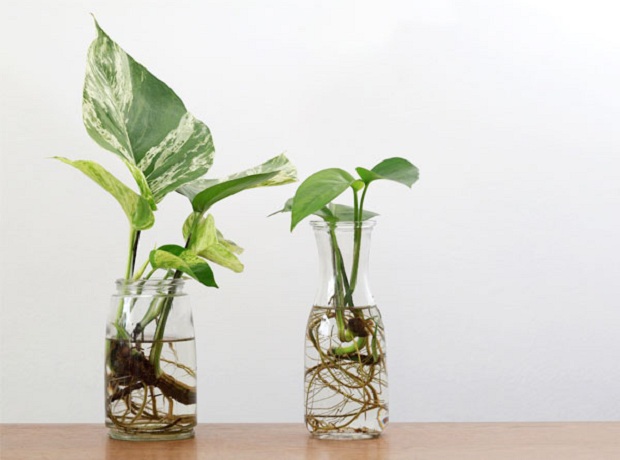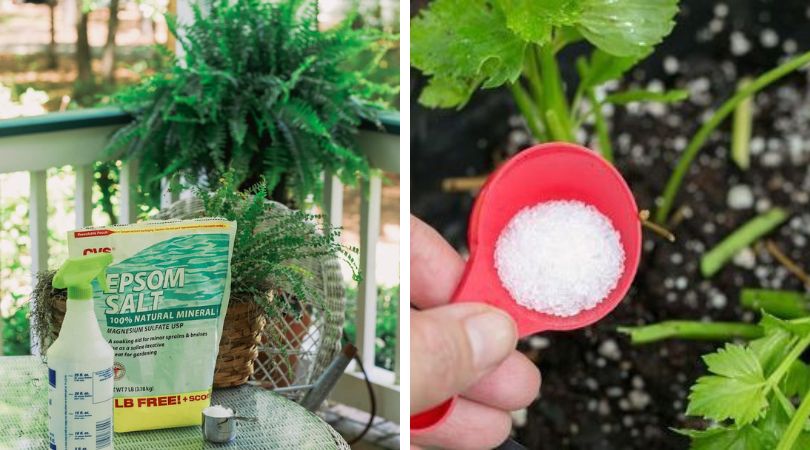Epsom salt’s high magnesium and sulfur content makes it a versatile tool for optimizing the health of your houseplants.
One of the best organic methods to maintain healthy and flourishing indoor plants is Epsom salt, and the best part is that it is inexpensive and safe for the environment.
Read on to learn the 10 brilliant ways you can use it on your indoor plants & how to use it.
Encourages nutrient intake
Epsom salt is beneficial to indoor plants because it promotes nutrient uptake. This allows the plant to absorb more nutrients from the growing medium, resulting in faster growth and greener leaves.
Use 1 tablespoon in 1 gallon of water once every 3-4 weeks on plants. To increase absorption, spray the solution on the foliage. It is most beneficial to plants like pothos and philodendron.

It aids in reducing transplant shock
When re-potting plants, Epsom salt can help reduce transplant shock. After re-potting, mix 1 tablespoon of Epsom salt into a gallon of water and water the plants. It will also reduce the likelihood of wilting and leaf discoloration.
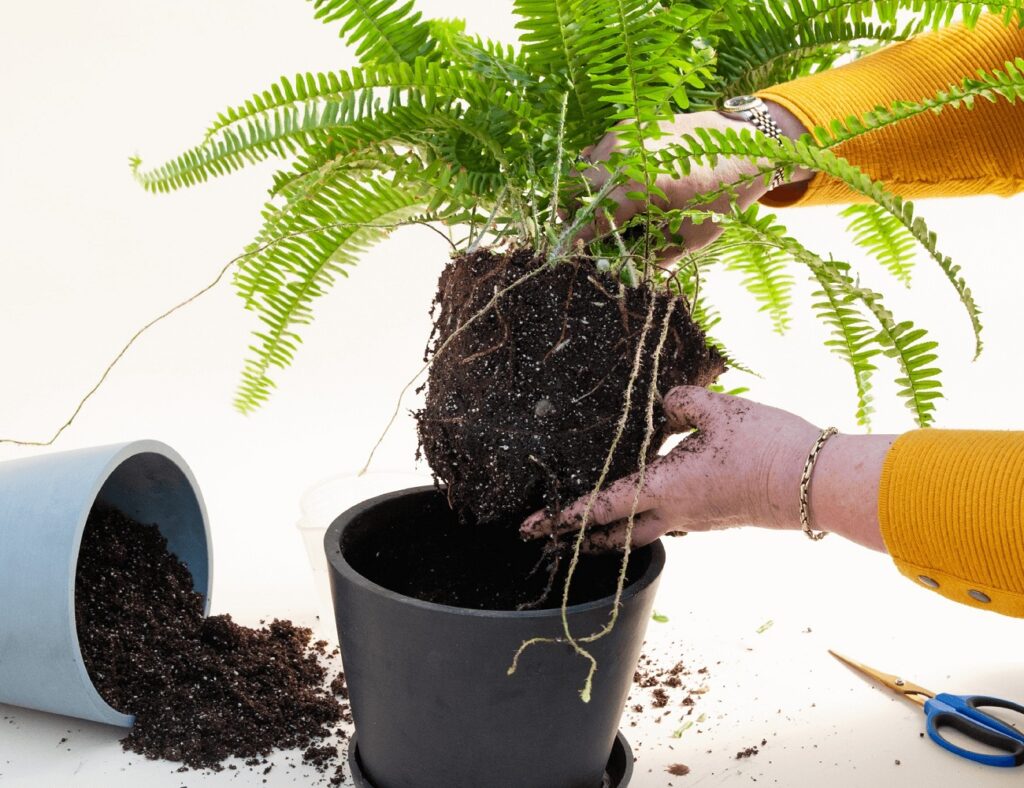
Keeping Ferns Green
The ferns turn pale and yellow due to magnesium and sulfur deficiency. You can avoid this by using Epsom salt to help ferns with chlorophyll production, healthy growth, and disease and pest resistance.
When your ferns are growing well, mix 2 tablespoons of Epsom salt into 1 gallon of water and spray the leaves once a month.
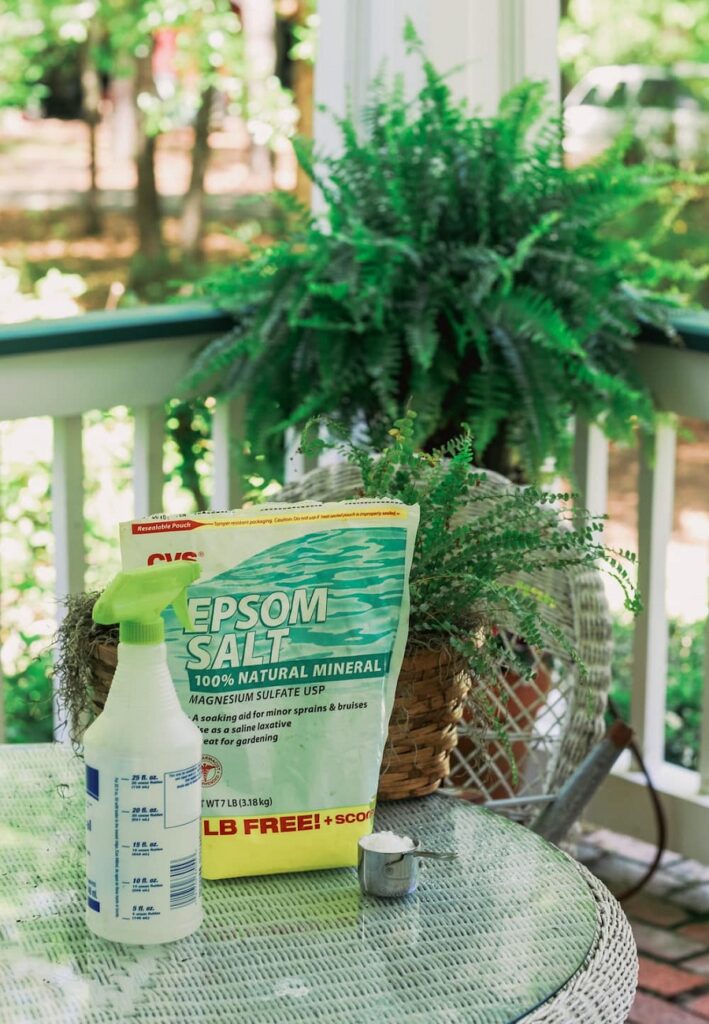
Keeps leaves from curling
Magnesium deficiency affects lower leaves the most, causing curling and interveinal chlorosis, according to a South Dakota State University report (The veins of the leaves remain green, while the areas between them turn yellow). Except for the veins, older leaves lose their green color. Interveinal chlorosis can cause necrosis (tissue death) in the affected areas.
Sulfur deficiency also causes leaves to curl upward or inward. To combat these issues, simply spray the leaves with a diluted Epsom salt solution.

Prevents leaf yellowing
According to a Washington State University report, the highly soluble nature of Epsom salt alleviates sulfur deficiency in plants, preventing leaf yellowing.
To make the leaves healthy again, mix 1 tablespoon of Epsom salt in a gallon of water and spray it on the foliage or water the plant once every 3-4 weeks.
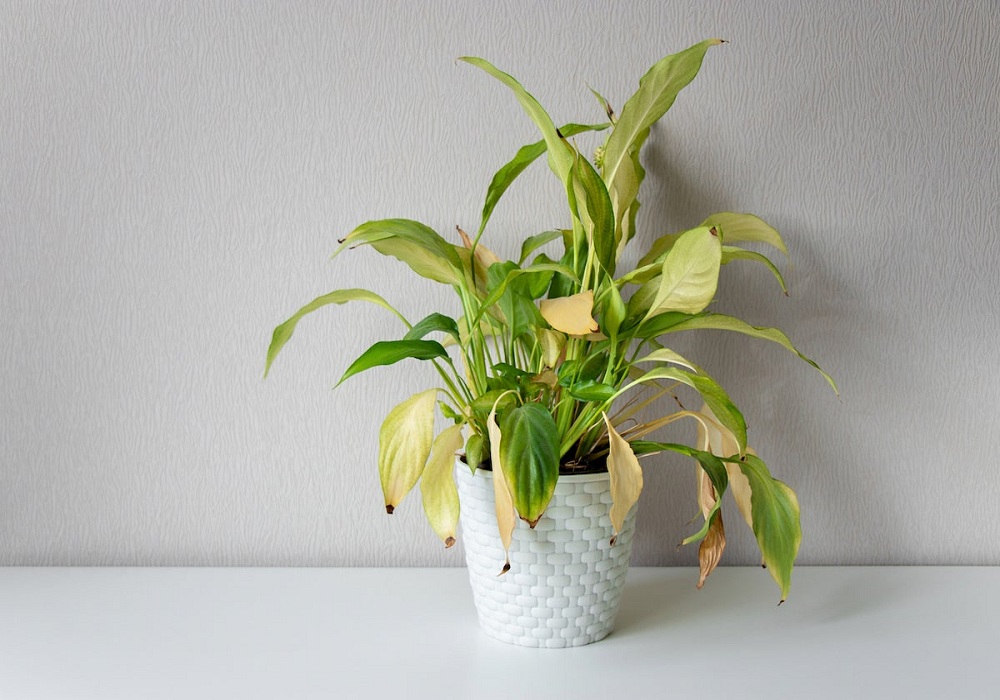
Makes the foliage greener
According to a University of Minnesota Extension report, magnesium helps to activate specific enzymes, and its deficiency can cause the plant to lose its healthy green color and develop yellowing in the middle of the leaf, between the veins.
Magnesium increases the density and greenness of the foliage by increasing chlorophyll production, which enhances the richness and colors of the leaves. Spraying the leaves with an Epsom salt and water solution (1 tablespoon in a gallon of water) will keep them lush and colorful!
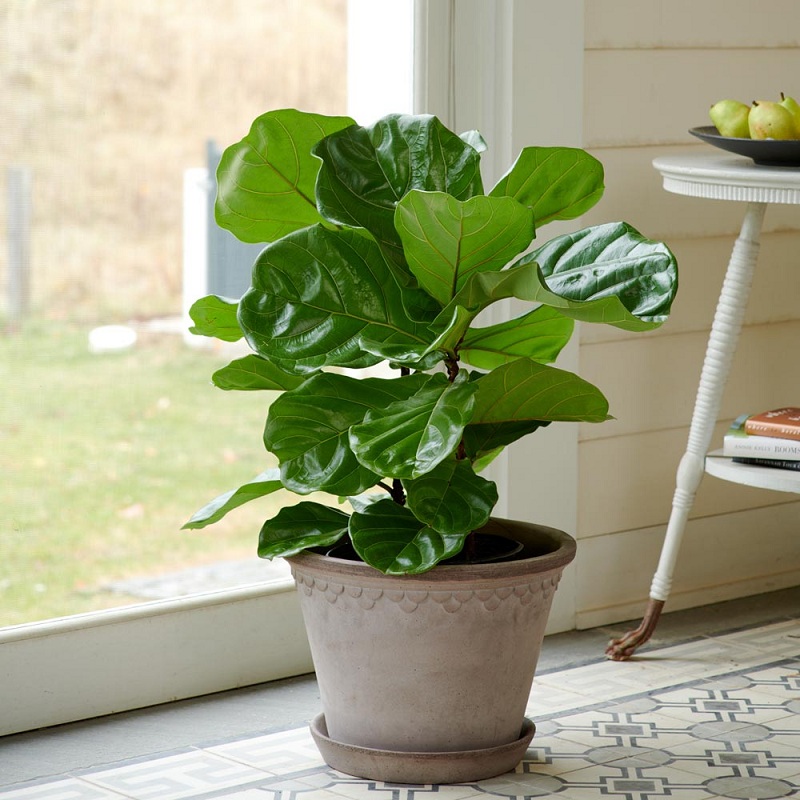
Eliminates pests naturally
Slugs, snails, and other bugs die quickly due to dehydration caused by Epsom salt. When you see pests, sprinkle it directly on them. To keep them at bay, you can also layer Epsom salt around the container.
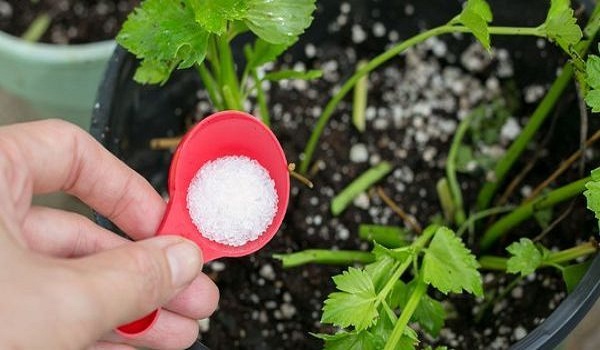
Encourages blooming
Add 1 tablespoon of Epsom salt to a gallon of water and spray directly onto the foliage of pansies, African violets, peace lily, azaleas, petunias, roses, and impatiens once every 15-20 days to promote blooming.
You can also use this solution to water the plants every 3-5 weeks.
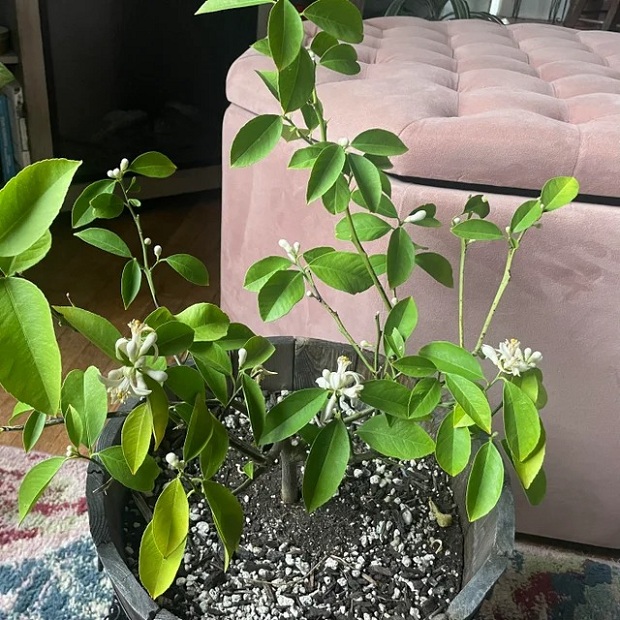
Maintains the health and vitality of hostas
Magnesium, which can be found in Epsom salt, is essential for the process of photosynthesis because it helps plants retain water and produces chlorophyll.
To keep hostas lush and green, mix 2 tablespoons Epsom salt in 1 gallon of water and spray on the foliage once a month.
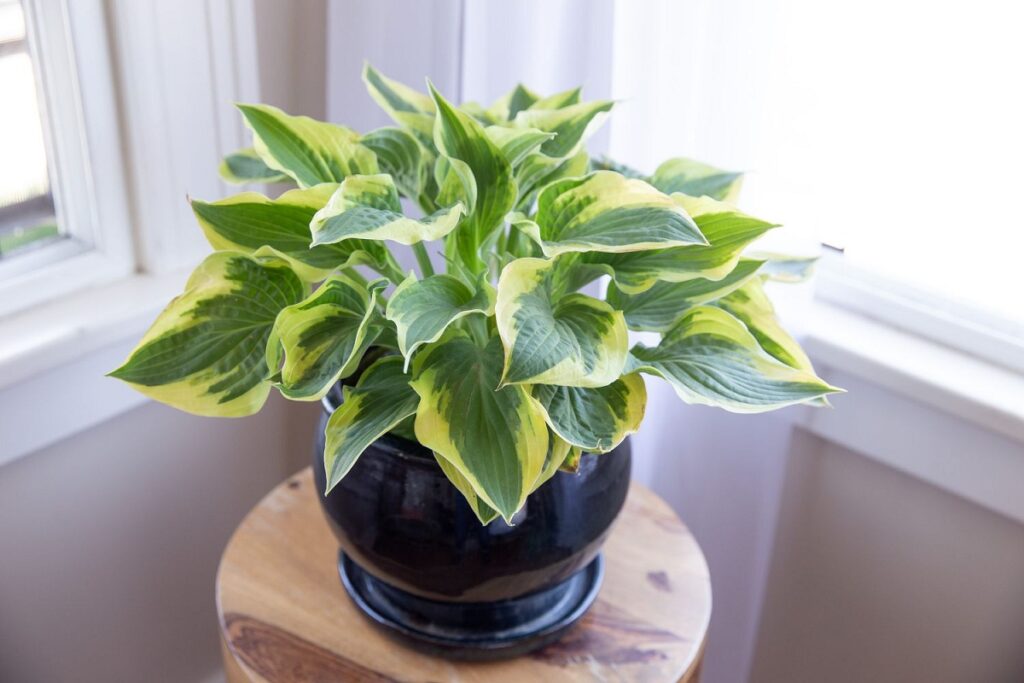
Use it when growing plants in water
Growing plants in water, such as herbs and houseplants, is very popular, and Epsom salt will aid in keeping them fresh and healthy for a long time.
Adding a pinch of Epsom salt once or twice a month will greatly improve nutrient absorption, allowing cut flowers to last longer and promoting healthy growth in plants and herbs.
